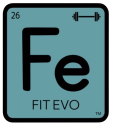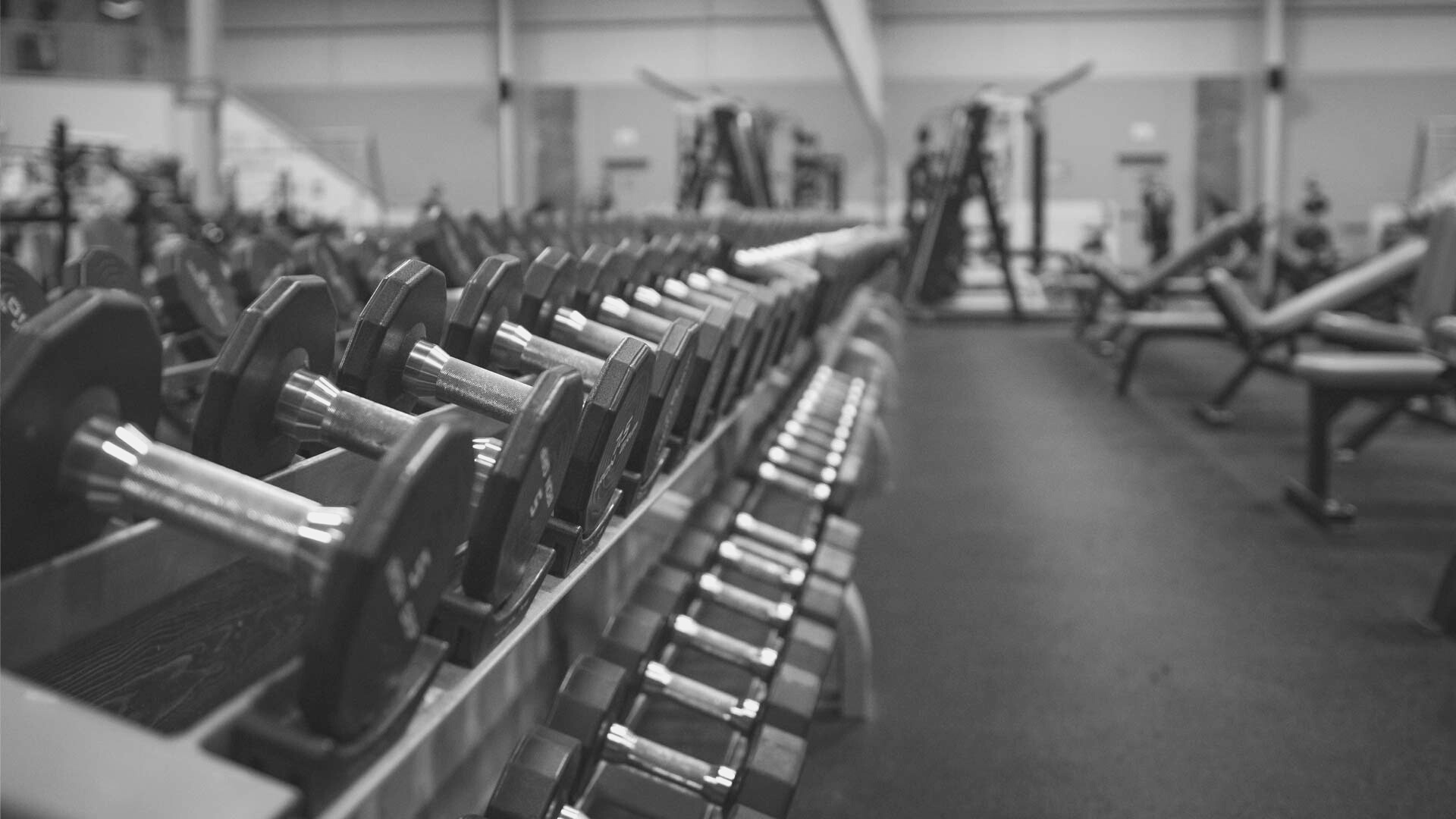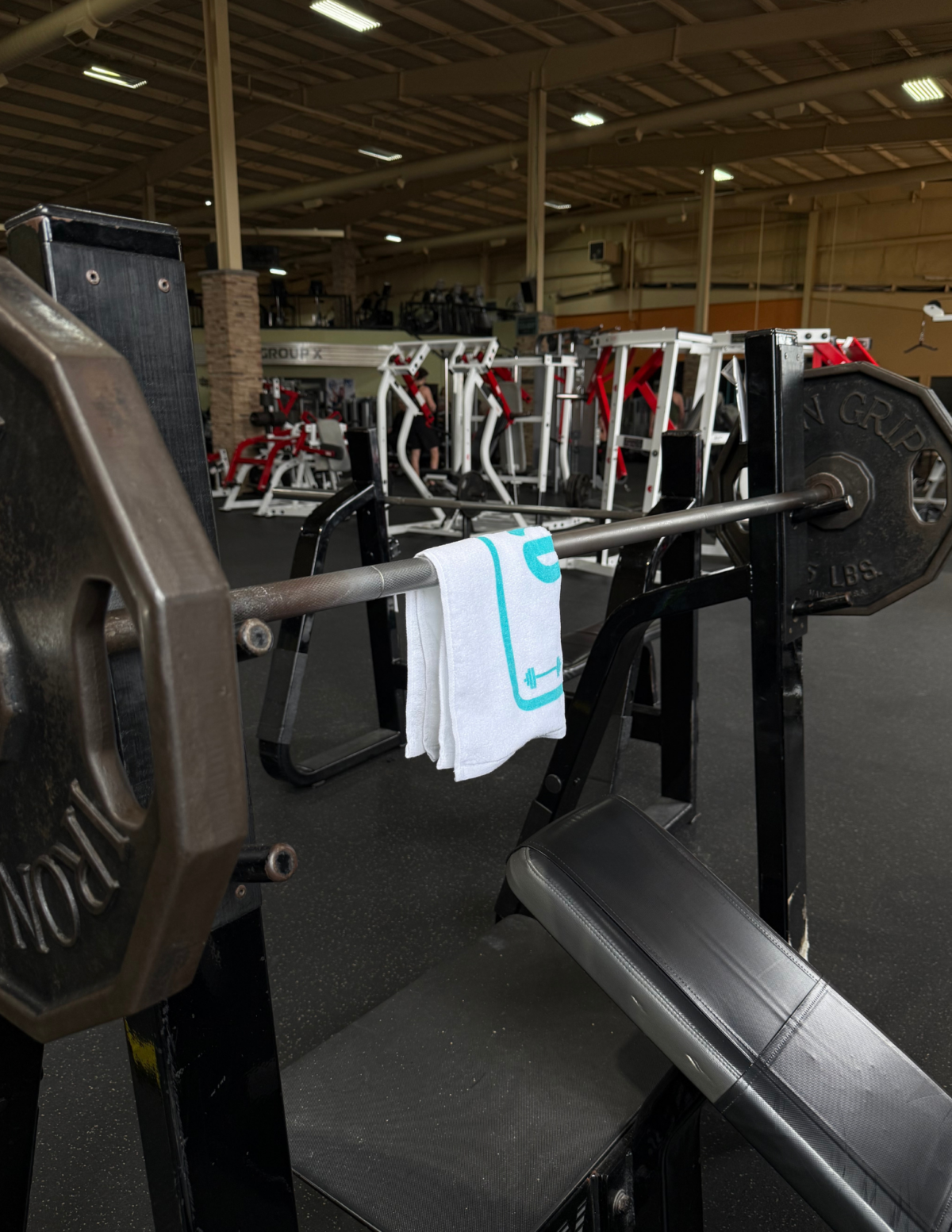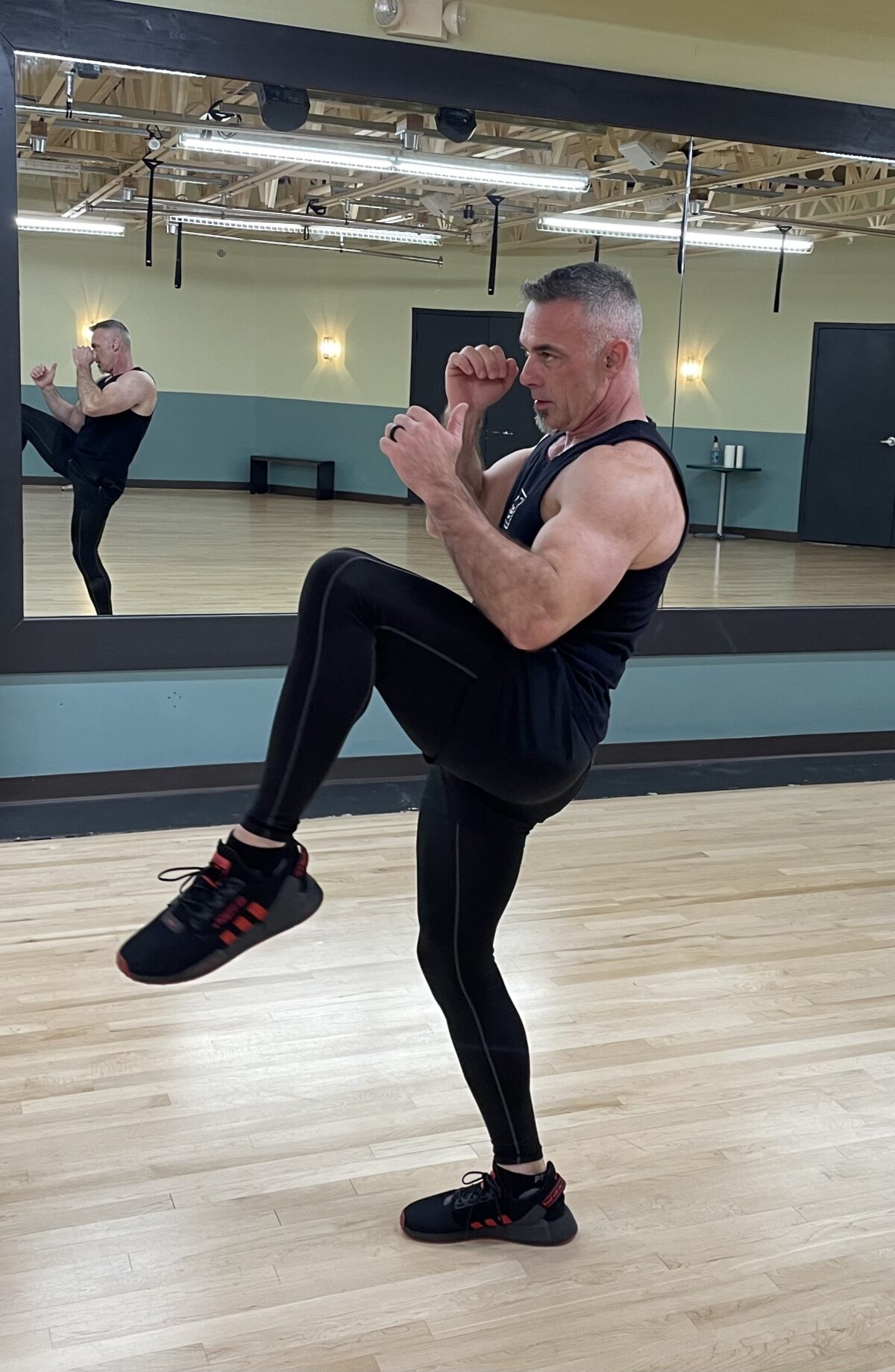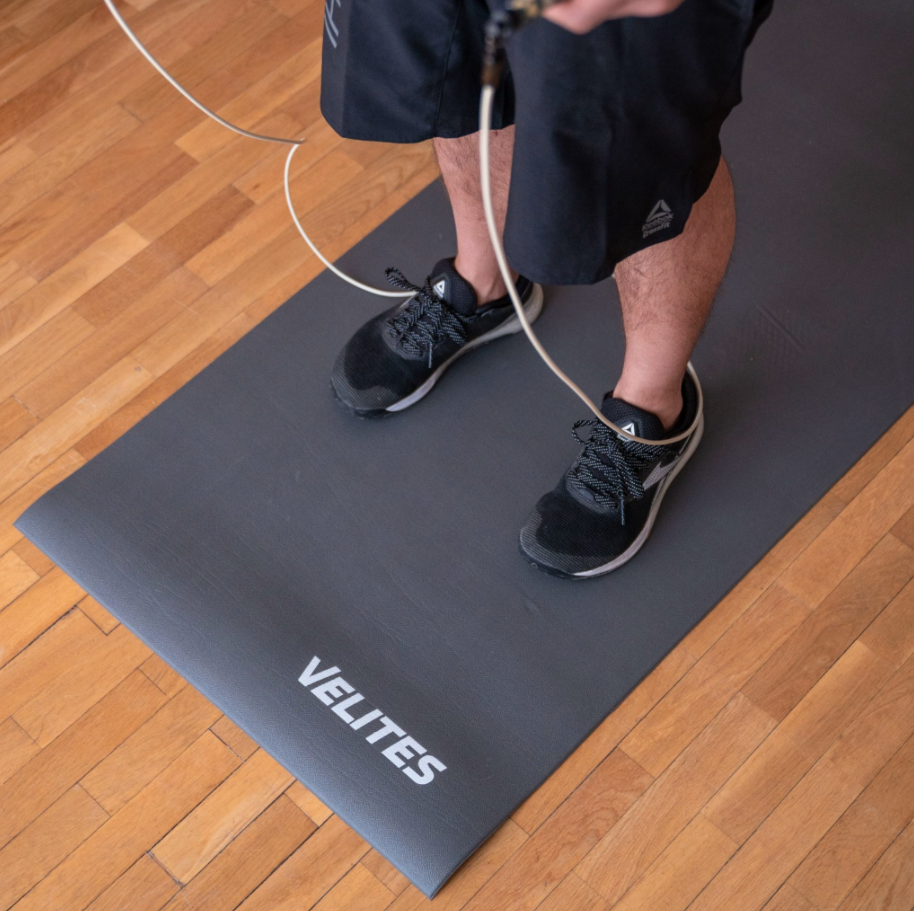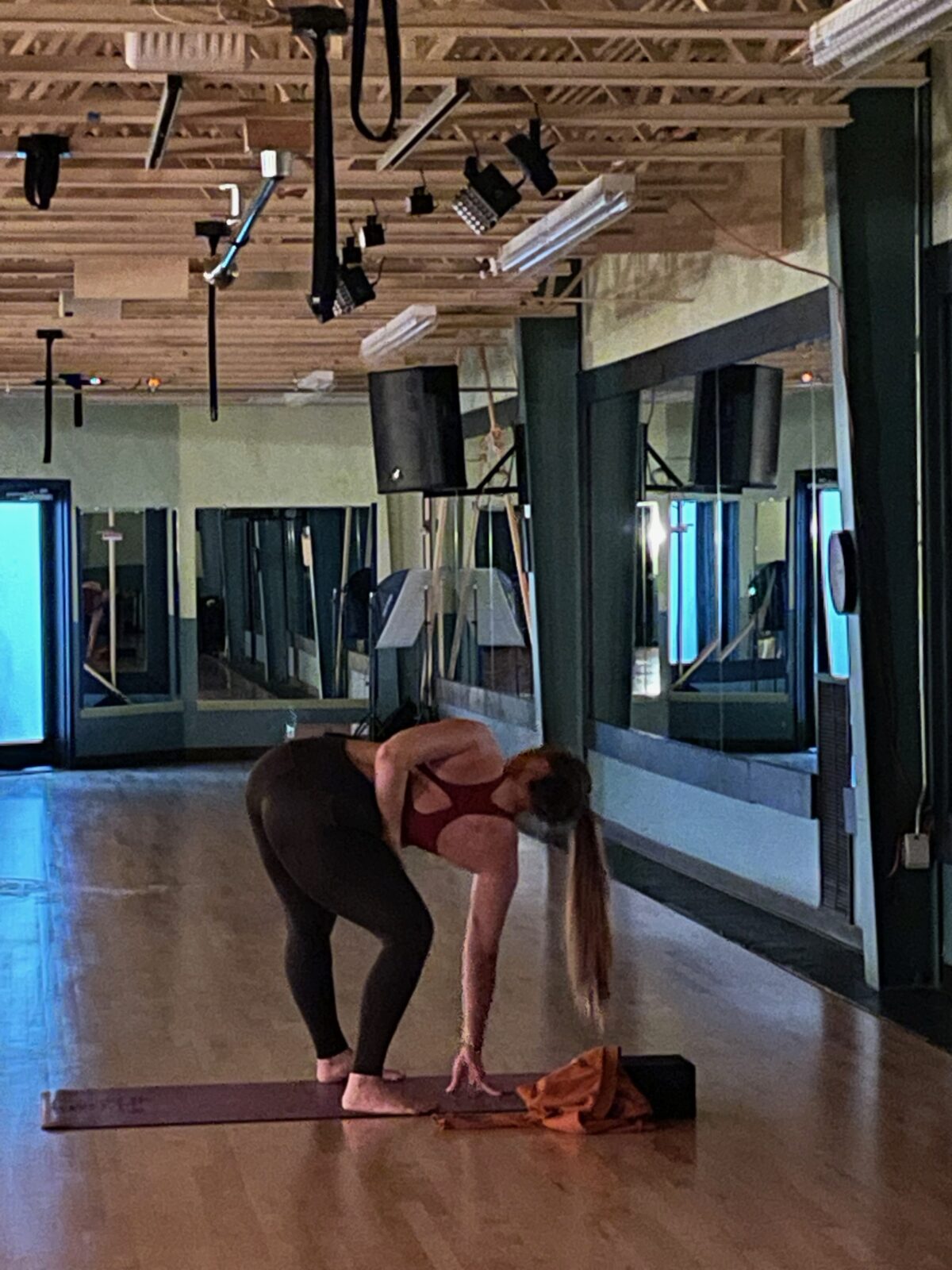
Looking for beginner yoga near me? You’re in the right place! Whether you’re brand new to yoga or just getting back into it, we’ve got you covered with everything you need to know. Let’s stretch into it together!
Why Try Beginner Yoga?
Beginner yoga is all about moving your body, breathing deeply, and feeling good. It’s perfect if you want to:
- Feel less stressed
- Move more easily
- Get stronger and more flexible
- Sleep better
- Learn something new at your own pace
You don’t need to be flexible to start yoga. That’s what yoga helps with!
Practicing yoga helps your body feel balanced and your mind feel clear. With so many different styles out there, you can always find something that fits your vibe. Yoga isn’t just about poses; it’s about feeling better in your body and life.
What Happens in Beginner Yoga Classes?
Beginner yoga classes near me usually focus on gentle poses, deep breathing, and learning the basics. You might:
- Sit on a mat and follow a teacher’s instructions
- Try simple stretches and poses
- Practice balancing and breathing slowly
Every class is a little different, but the goal is the same: to help you feel calm and strong.
Beginner classes move slowly. The instructor usually shows you how to do each pose and helps if you need it. You don’t need to know all the pose names or move like an expert. It’s totally okay to take breaks when you need to.
Types of Yoga for Beginners
Here are some of the most common types of yoga for beginners:
Hatha Yoga
- Slow and easy to follow
- Focuses on basic poses and breathing
- Good for learning form and movement
Yin Yoga
- Involves holding poses for longer
- Great for relaxing your body and mind
- Helps improve joint and tissue health
Vinyasa Yoga
- More active with flowing movements
- Beginner-friendly with the right instructor
- Focuses on matching breath to movement
Restorative Yoga
- Super gentle and peaceful
- Uses props to help you relax in each pose
- Great for stress relief and recovery
Chair Yoga
- Perfect if getting on the floor is tough
- Uses a chair for balance and support
- Ideal for seniors or anyone needing low-impact movement
Trying out different styles is a great way to discover what feels best for you.
What to Bring to Your First Class
You don’t need much to get started. Just bring:
- A yoga mat (some studios provide them)
- Water bottle
- Comfy clothes you can stretch in
- A small towel (optional)
- An open mind and a positive attitude
If you’re unsure what to bring, call ahead or check the studio’s website. They’ll usually list what you need.
How to Find the Best Beginners Yoga Near Me
Here are a few tips to find great classes:
- Search for beginners yoga near me online
- Check local gyms and fitness studios
- Look for community centers or wellness clinics
- Read reviews or ask friends for recommendations
- Browse social media for local yoga instructors
Many studios offer your first class for free or have special deals for beginners. Don’t be shy to ask!
You can also look for:
- Instructors certified in beginner-level classes
- Studios with small class sizes for more attention
- Trial packages or pay-per-class options
What If I’m Nervous?
That’s totally normal. Everyone in the room was a beginner once. Most yoga teachers are super friendly and will help you feel right at home. Go at your own pace, take breaks, and remember—you’re doing this for you.
You don’t have to be perfect. Yoga isn’t a competition. It’s about how you feel, not how you look. Let yourself enjoy the process. Even the most advanced yogis still learn new things all the time.
Benefits of Joining a Local Yoga Class
There are so many perks to joining a nearby class:
- It keeps you motivated
- You meet new people
- It helps you build a routine
- Teachers can help you with form and technique
Practicing in a group setting also helps you stay accountable. It can be easier to build a habit when you have a set time and place to go. Plus, being around others can boost your energy and mood.
How Often Should Beginners Do Yoga?
Two to three times a week is a great start. You don’t have to do it every day to feel better. Even just one class a week can help you feel more calm and clear-headed.
Once your body starts to adjust, you might want to go more often. Listen to your body and rest when you need to. Yoga is all about balance.
Can I Do Yoga at Home?
Yes, absolutely! Many people start at home using beginner yoga videos. There are tons of free resources online, including apps, YouTube videos, and virtual classes. Here are some ideas:
- Follow along with beginner yoga instructors online
- Use a yoga app with guided sessions
- Set up a quiet space in your home with your mat
Still, nothing beats the support of an in-person class. It can help you stay motivated, get your posture right, and build confidence.
What Are Some Easy Poses for Beginners?
Here are five simple poses to get started:
- Mountain Pose (Tadasana)
- Stand tall with feet together
- Arms at your sides
- Breathe deeply and feel grounded
- Child’s Pose (Balasana)
- Kneel and sit back on your heels
- Stretch arms forward and rest your head on the mat
- Great for rest and relaxation
- Cat-Cow Pose
- Start on your hands and knees
- Arch your back up (Cat), then lower it and lift your chest (Cow)
- Helps warm up your spine
- Downward Dog (Adho Mukha Svanasana)
- From hands and knees, lift your hips up
- Form an upside-down V shape
- Stretches back, legs, and arms
- Seated Forward Fold (Paschimottanasana)
- Sit with legs out straight
- Reach toward your feet
- Feel a gentle stretch in your legs and back
You can try these at home to get a feel for yoga before your first class.
What If I Have an Injury or Health Condition?
Always let your teacher know before class. Many yoga studios ask you to fill out a form with basic info. If something hurts or feels off, skip the pose or ask for a modification.
Chair yoga or gentle yoga classes are great options if you need something low impact. You can also ask your doctor before starting if you have health concerns.
Why People Love Beginner Yoga
People keep coming back to yoga because it helps them feel better. Here are some reasons beginners love it:
- It helps manage stress and anxiety
- You feel stronger and more balanced
- Sleep improves
- It builds confidence in your body
- You feel part of a community
Yoga is for everyone. Every age, every shape, every background. You don’t need to be flexible, skinny, or spiritual to enjoy it.
What type of yoga should a beginner start with?
Hatha yoga is a great place to start because it moves slowly and teaches basic poses and breathing.
How many times a week should a beginner do yoga?
Two to three times a week is perfect for building a routine and seeing progress without overdoing it.
Can a beginner go to any yoga class?
It’s best to start with classes labeled for beginners so you can learn at a comfortable pace with proper guidance.
It’s best to start with classes labeled for beginners so you can learn at a comfortable pace with proper guidance.
Yes, beginner yoga can support weight loss by building strength, improving flexibility, and reducing stress, which can lead to healthier habits.
If you’ve been thinking about starting, this is your sign. Search for beginner yoga near me and try a class this week. Your body (and your brain) will thank you. You might walk in feeling nervous, but you’ll walk out feeling proud.
Your yoga journey starts with a single breath. So roll out your mat, take a deep inhale, and let the adventure begin.
